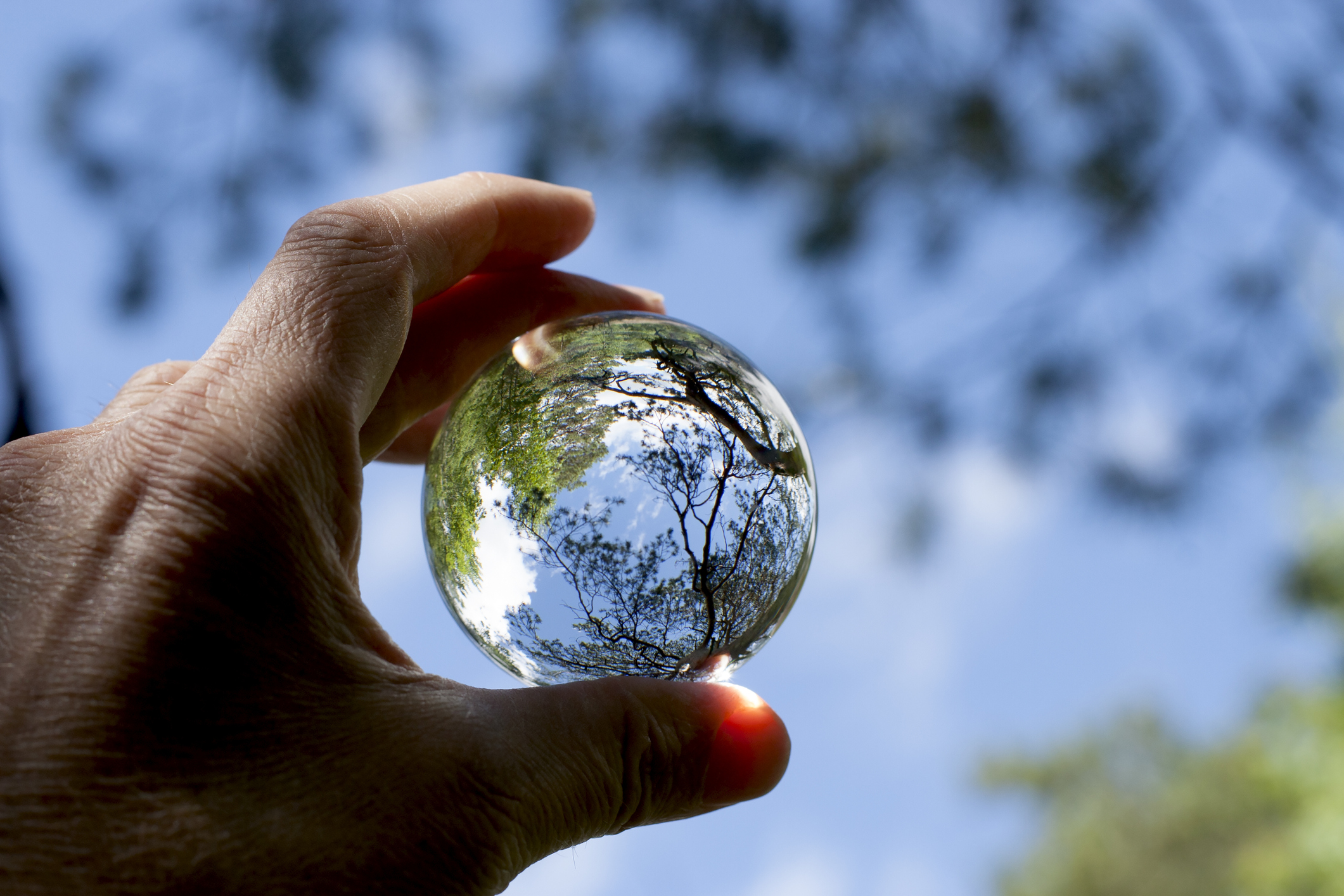By Cally Chan, General Manager of Microsoft Hong Kong
Microsoft Datacenter Series (3/3)
At Microsoft, we spend a lot of time with our head in the clouds, both literally and figuratively. With more regions than any other cloud provider, Microsoft provides cloud services to customers around the world,
busy enabling digital transformation for enterprise customers, small businesses and governments alike. This is making our infrastructure decisions about how to power this digital transformation becomes incredibly important.
As customers across all industries move to the cloud, sustainability and environmental responsibility are key factors in their choice of cloud provider. This is especially important with United Nation’s report last week, detailing the first rise in CO2 emissions in four years. The world emitted 53.5 billion tons of CO2, the largest ever amount in history. It’s time to step up and protect our environment.
Microsoft drives global innovation for a greener future
Our cloud services are up to 93% more energy efficient and up to 98% more carbon efficient than traditional enterprise datacenters. To put that into context, if just 20% of the existing U.S. on-premises market moved to the Microsoft Cloud, it would be equivalent to reducing the city-wide emissions of Seattle, Washington.
Since 2012, Microsoft’s datacenters have been 100% carbon neutral. This year, over 50% of the energy used at our datacenters come from renewables, such as wind, solar and hydropower. And we are aiming to raise that to 60% by 2020. Particularly on solar energy, in May 2018, we signed the largest corporate solar agreement in the United States, a 315-megawatt (MW) solar project in Virginia – Microsoft’s largest purchase of renewable energy to date. Microsoft Cloud is delivering big gains in energy efficiency and reductions in carbon emissions.
Investing in sustainability is good for business, good for customers and good for the planet. It also enables local businesses to access green energy in a way that they wouldn’t have been able to leverage on their own.
Datacenter innovation: underwater datacenter
At Microsoft, we don’t simply add features to be trendy. We do so in order to solve actual problems, and it is that mindset that keeps us advancing. With half of the world’s population lives near the coast, why doesn’t our datacenter?
By putting datacenters in bodies of water near coastal cities, data would have a short distance to travel to reach coastal communities, leading to fast and smooth web surfing, video streaming and game playing as well as authentic experiences for AI-driven technologies. The underwater datacenter is the size of a shipping container, loaded with 12 racks containing a total of 864 servers and associated cooling system infrastructure, powered by renewable energy.
Datacenters use staggering amounts of energy to both power them and keep them cool. Computers often get warm, datacenters get scorching hot and to keep them from overheating, companies have to either install vast cooling fans or use supercooled liquid to keep them from melting. Rather than bringing the cooling to the computer, Microsoft places the computers into a naturally cold environment, the deep sea.
Phase 1 of the project showed the underwater datacenter concept is feasible. Phase 2 is focused on researching whether the concept is logistically, environmentally and economically practical. We might have a datacenter at the bottom of the Victoria Harbour one day – who knows?
While cloud has grown exponentially, it is important to keep in mind that we are still in early days for the industry. The advances we have pioneered and witnessed in just the past few years are just the beginning. As you are considering your move to the cloud, or how to consolidate your cloud services, or even which cloud provider you are using, you should know this – the datacenters powering the Microsoft Cloud will provide the high availability, resiliency and security you need, and the energy efficiency and carbon savings you want. We are looking forward to a greener future, and to working with you to achieve it.
###




